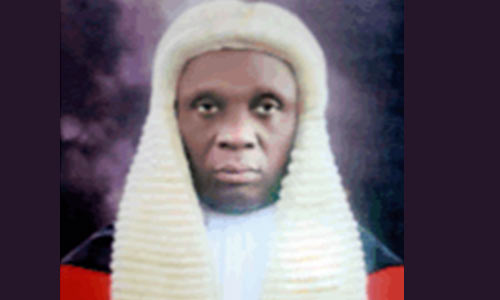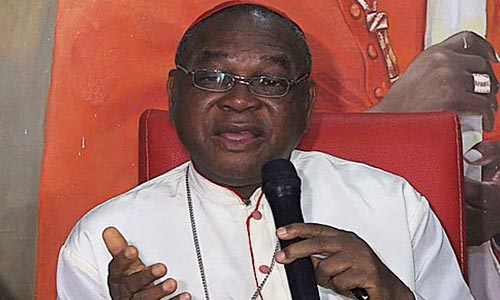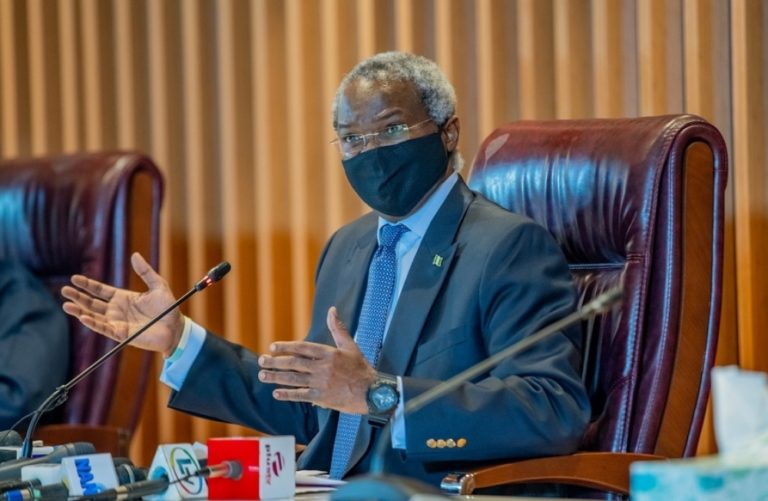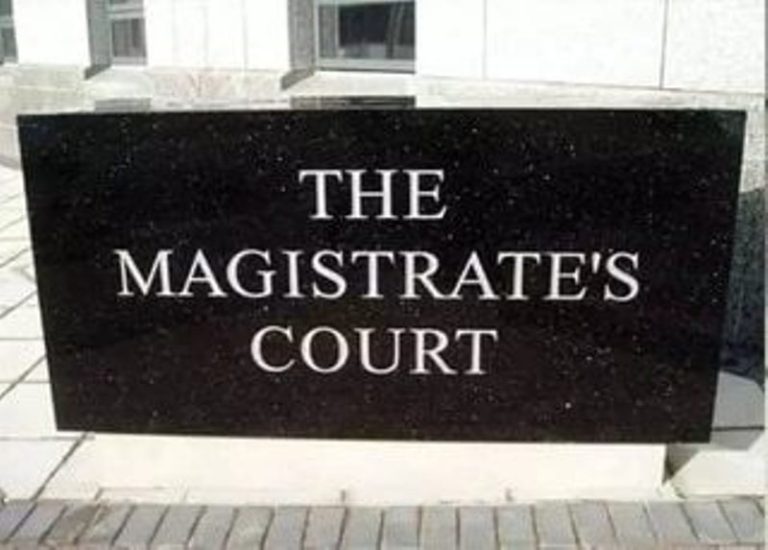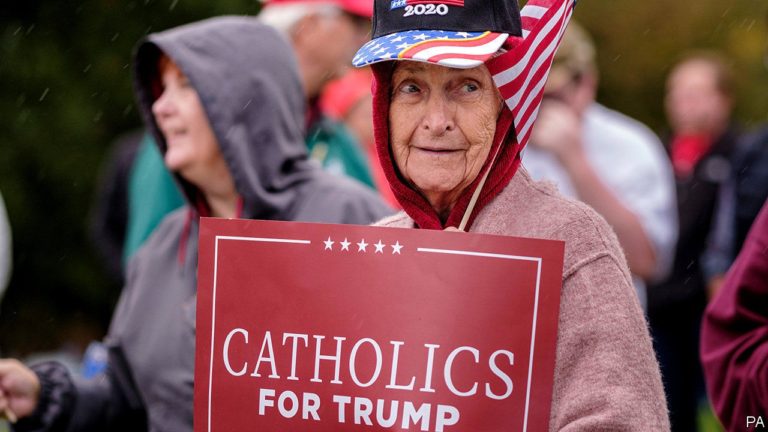…Launches report on NDPR performance
By Mohammed Mohammed
The Minister of Communications and Digital Economy, Dr. Ibrahim Pantami, has commended Data Protection Compliance Organizations (DPCOs) for adding over N2 billilon to the Nigerian economy within a year.
At launch of the report on the Nigeria Data Protection Regulation appraisal in Abuja, he recalled that in early 2018, when he tasked a team of NITDA staff to come up with a draft data protection regulation in line with Strategy 13.3 of the National Information Technology Policy (2000) and Section 6(a,c) of the NITDA Act 2007.
After a lot of debates the Nigeria Data Protection Regulation (NDPR) policy was first issued on January, 2019.
He said: “I had the privilege of being appointed as the Minister of Communications on the 21st of August, 2019. On the 17th of October, 2019, by President Muhammadu Buhari, approved our recommendation for the redesignation of the Ministry to the Ministry of Communications and Digital Economy.”
According to him, the decision was adopted by the Federal Executive Council (FEC) on the 23rd of October 2020.
Pantami, said the ministry started by developing and implementing a National Digital Economy Policy and Strategy (NDEPS) for a Digital Nigeria, explaining that the development of digital economy is anchored on the following 8 pillars as stated in NDEPS: Developmental Regulation;
Digital Literacy and Skills,
Solid Infrastructure;
Service Infrastructure;
Digital Services Development & Promotion,
Soft Infrastructure;
Digital Society/Emerging Technologies and
Indigenous content development and adoption.
“It is often said that data is the oil of the digital economy as such, the integrity of the digital economy relies, to a large extent, on the integrity and protection of data.” He added.
“To this end, the NDPR supports in the development of a digital economy and the NDPR aligns perfectly with our developmental regulatory pillar under NDEPS.”
According to him, as the Minister, he had the opportunity to follow the development and implementation of the regulation, because as he said: “I am very clear as to what we wanted to achieve through the NDPR.”
He said: “I am very proud of the DG of NITDA, Mr. Kashifu Abdullahi, for not only continuing with the vision but for providing leadership to his committed and highly professional staff who have demonstrated an excellent capacity to translate leadership vision to reality.
The regulation, Pantami, said meets the objectives of the developmental regulation Pillar of NDEPS which include:
Creating a dynamic regulatory environment that fosters, rather than hinders, the development of a digital economy, facilitating the enactment of appropriate legislation that ensures protection of digital technology infrastructure and enhances national security; and
supporting the issuance of converged regulations, as well as address the issue of multiple taxations in order to create a healthy business environment for the development of the Nigerian digital economy.
“I am proud to see that we have through the NDPR added 2,686 job roles, thereby creating massive opportunities for young Nigerians to be recruited as Data Protection Officers, Data Protection Compliance Organisations, Compliance officers among others.
“The DPCOs have also earned over N2 billion in the first year of implementation.
This is the intent of our digital economy policy- empowering Nigerians in a way that ensures global competitiveness.
I am also very proud of Nigeria’s appointment as the Vice Chair of the African Union’s Data Protection Harmonisation Working Group. Being recognised among 26 African countries is a great recognition of the hard work and innovation we are investing in this regard.
In my assessment of the great work done so far, I still see room for more enforcement. NITDA, as the data protection authority, has my full support to ensure entities who wantonly breach personal data are brought to book as soon as possible. I am aware of some quick loan service providers who use personal data to defame and threaten their customers, such issues should be looked into in line with the NDPR. I also want to state that non-filing of data protection audit is a violation of the law. Enforcement of this provision would be more vigorously pursued going forward.
This therefore brings me to the issue of Data Protection Compliance Organisations (DPCO). I encourage NITDA to increase regulatory oversight over current DPCOs and carefully consider current pending applications in line with its published criteria and processes.
The Ministry is working hard to make Nigeria a leading light in the digital economy of Africa and on the global stage. The recent presidential directive for the National Identity Management Commission (NIMC) to be moved to the Ministry is part of government’s efforts at accelerating the achievement of the NDEPS 2019.
According to him, NIMC has played vital role in the promotion of the current draft data protection bill. I want to encourage the drafting team of the data protection bill 2020 to ensure that the lessons presented in this report be incorporated into the Bill.
He stressed that specific recognition should be given to Data Protection Compliance Organisations, adding: This is the most innovative addition Nigeria has brought to the global implementation of data protection and we must be proud of it.
Also, the proposed Data Protection Commission, when constituted should work closely with the ministry and its agencies, in view of the experience we have garnered in this novel field.



